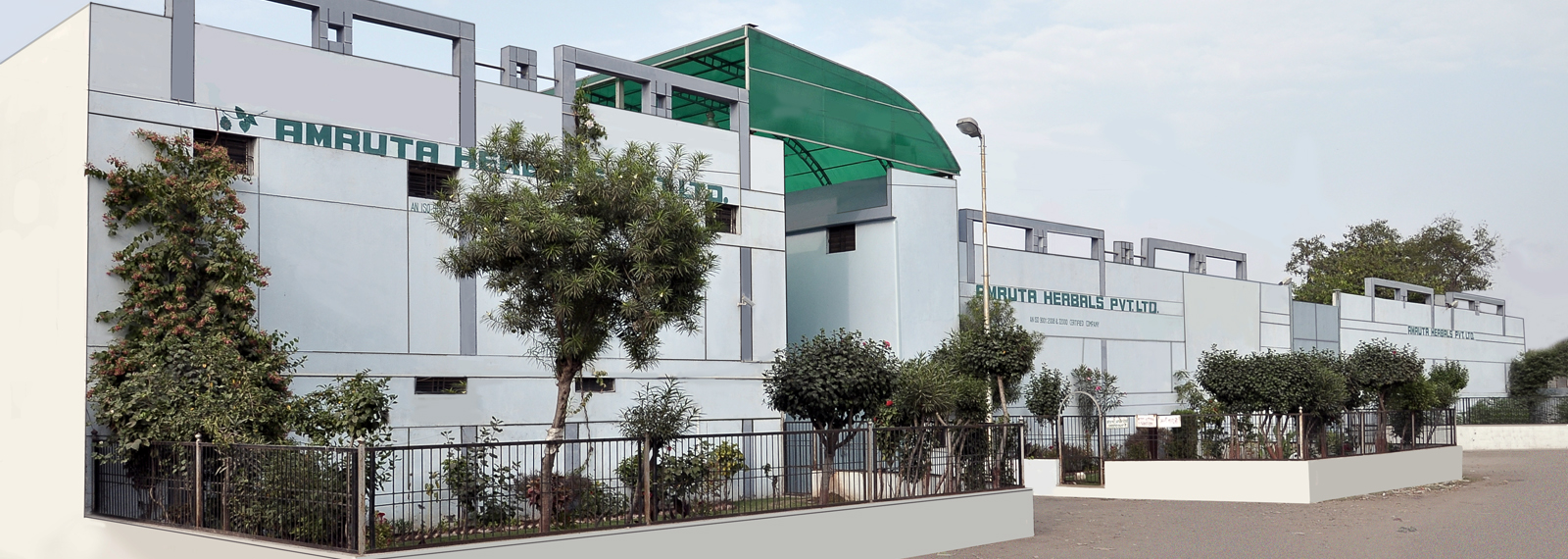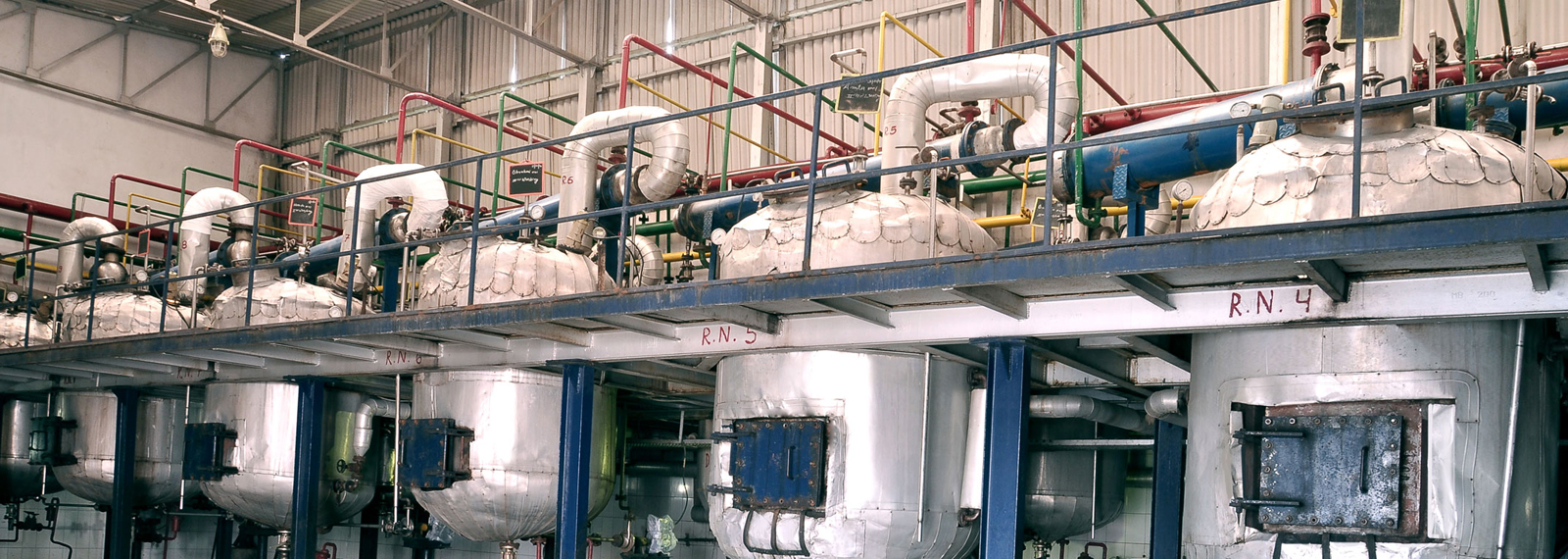Adhatoda vasica Nees
Adhatoda vasica Nees

| Sanskrit: | Vasaka, Vasa, Adulsa |
| English: | Malbarnut, Vasaka |
| Hindi: | Arusha |
| Marathi: | Adulsa |
| Tamil: | Adathodai |
| Botanical name: | Adhatoda vasica (Nees). |
| Family : | Acanthaceae |
| Syn: | Adhatoda zylenica medicus, Justica Adhatoda |
Adhatoda consists of the fresh or dried leaves of Adhatoda Vasica, Nees (N.O. Acanthaceae), a shrub growing in India. The leaves vary from 10 to 15 centimeters in length, and are about 4 centimeters broad; they are opposite, entire, lanceolate, and shortly petiolate, tapering towards both apex and base. When dry they are of a dull brownish-green colour; odour, characteristic; taste, bitter. They possess well-marked histological features, which can easily be seen in fragments of the leaf cleared by chloral hydrate. The stomata are elongated-oval in shape and surrounded by two crescent-shaped cells, the long axes of which are at right angles to the ostiole. The epidermis bears simple one- to three-celled warty hairs, and small glandular hairs with a quadricellular secreting gland. Cystoliths occur beneath the epidermis of the under surface. Both hairs and cystoliths vary in number in different specimens.
Guna :: Laghu and Ruksha,
Rasa :: Tikta and Kashaya,
Veerya :: Sheeta, Vipaka: Katu,
Dosha:: Kaphapittahara ,
Karma :: Kshayapah Medhya,Jwaraghna,Kasaghna,Chhardihara,Raktapittaghna
Several alkaloids are present in the leaves and the chief principle is a quinazoline alkaloid, vasicine; the yield of the alkaloid from different samples in India ranged from 0.541 to 1.105 per cent on dry basis. Vasicine is accompanied by l- vasicinone., deoxyvasicine and maiontone, Some minor alkaloids viz. Vasicol,adhatodinine and vasicinol also present.
Antiasthmatic, antispasmodic (respiratory tract), bronchodilator, expectorant (relaxing), oxytocic.
The pharmacological activities of vasicine and vasicinone are well known. The /-forms of vasicine and vasicinone are more active than their racemic forms. Recent investigations on vasicine showed bronchodilatory activity (comparable to theophylline) both in vitro and in vivo. Vasicinone showed bronchodilatory activity in vitro but bronchoconstrictory activity in vivo; it is probably biotransformed in vivo, causing bronchoconstriction. Both the alkaloids in combination (1:1) showed pronounced bronchodilatory activity in vivo and in vitro. Vasicine also exhibited strong respiratory stimulant activity, moderate hypotensive activity and cardiac-depressant effect; vasicinone was devoid of these activities. The cardiac-depressant effect was significantly reduced when a mixture of vasicine and vasicinone was used. Vasicinone (dl-form) showed no effect on the isolated heart, but probably the l-form is a weak cardiac stimulant. Clinical trials of a commercial drug containing vasicinone and vasicinone have not revealed any side effects while treating bronchial asthma. The drug is known to possess abortifacient activity and hence should not be used during pregnancy.
Two generation of teratogenic studies in rat & rabbits did not any toxicity or teratogenic effects.
The drug is employed in different forms, such as fresh juice, decoction, infusion and powder; also given as alcoholic extract and liquid extract or syrup. It is also given along with other expectorants, and forms a part of several proprietary, compounds.
Obstruction of the biliary tract. In cases of gallstones, use only after consultation with a physician (26). Hypersensitivity to the drug .
LIQUID EXTRACT OF ADHATODA
Adhatoda, dried, and in No. 40 powder, 100; alcohol (60 per cent.), sufficient to produce 100. Liquid extract of adhatoda is official in India and the Eastern Colonies. It is used in pulmonary affections, and as an internal antiseptic in phthisis. Dose.-1 1/2 to 4 mils (20 to 60 minims).
JUICE OF ADHATODA.
Adhatoda juice is obtained by subjecting the bruised fresh leaves to pressure, the expressed juice being subsequently strained. The fresh juice is official in India and the Eastern Colonies, where it is used as an expectorant in bronchitis and asthma. Dose.-4 to 15 mils (1 to 4 fluid drachms).
SYRUP OF ADHATODA. 1 (liquid extract) in 8.
May be used in a similar manner, and under the same conditions as the liquid extract. Dose.-12 to 30 mils (3 to 8 fluid drachms).
TINCTURE OF ADHATODA.
Adhatoda, dried and in No. 40 powder, 12.5; alcohol (60 per cent.), sufficient to produce 100. Tincture of adhatoda is official in India and the Eastern Colonies for use as an expectorant. Dose.-2 to 4 mils (1/2 to 1 fluid drachm).
Adhatoda vasica is traditionally used in Ayurvedic and Unani medicine, particularly for respiratory tract ailments. It has been used in India as an antispasmodic for asthma and intermittent fever, also as an expectorant in cases of chronic bronchitis and phthisis.1 Adhatoda is beneficial in asthma due to both its antiasthmatic and expectorant properties.
Vasavaleha,Vasavrishta,
Vasavarasa,Vasadigutika ,
Vasaghrita, Vasakhanda
Chauhan, S. K., G. P. Kimothi, et al. (1999). Development of HPLC method for vasicine and vasicinone in Adhatoda vasica (Nees). Indian Journal of Natural Products. June 15(1): 21-24. {a} R and D Laboratory, Indian Herbs, Saharanpur, 247001, India
Dhuley, J. N. (1999). Antitussive effect of Adhatoda vasica extract on mechanical or chemical stimulation-induced coughing in animals. Journal of Ethnopharmacology. Nov. 67(3): 361-365. {a} Department of Pharmacology and Toxicology, Research Division, Hindustan Antibiotics Ltd., Pimpri, Pune, 411 018, India
Geppe, N. A., A. V. Kaprushkina, et al. (1999). Bronchosan application effectiveness in children with different broncho-pulmonary diseases. Rossiiskii Vestnik Perinatologii i Pediatrii 44(1): 37-40. Clin. Child. Dis., I. M. Sechenov Mosc. Med. Acad., B. Pirogovskaya 19, Moscow, Russia
Deka, M. K., R. Handique, et al. (1998). Effect of aqueous plant extracts on longevity and fecundity of tea mosquito bug. Crop Research Hisar 16(1): 102-105. Plant Protection Dep., TRA, Tocklai Exp. Stn., Jorhat-785 008, India
Deka, M. K., K. Singh, et al. (1998). Bioefficacy of aqueous plant extracts on viability of eggs and subsequent development of tea mosquito bug. Crop Research Hisar 16(2): 260-264. {a} Dibrugarh Univ., TRA Tocklai Exp. Stn., Jorhat-785 008, India
Dhembare, A. J., G. M. Pondhe, et al. (1998). Life table studies and control of safflower aphid by plant product. Journal of Maharashtra Agricultural Universities. Jan. 23(1): 1-3. {a} P. V. P. College, Pravaranagar, Loni, 413 713, India
Grange, J. M. and N. J. C. Snell (1996). Activity of bromhexine and ambroxol., semi-synthetic derivatives of vasicine from the India shrub Adhatoda vasica, against Mycobacterium tuberculosis in vitro. Journal of Ethnopharmacology 50(1): 49-53. {a} Dep. Microbiol., Natl. Heart Lung Inst., Royal Brompton Hospital, Sydney St., London SW3 6NP, UK Rajani, M. and K. Pundarikakshudu (1996). A note on the seasonal variation of alkaloids in Adhatoda vasica Nees. International Journal of Pharmacognosy 34(4): 308-309. {a} Dep. Pharmacognosy, J. J. De Chane Lab. Pvt. Ltd., Residency Road, Hyderabad 500 001, India
Thappa, R. K., S. G. Agarwal, et al. (1996). Two pyrroloquinazolines from Adhatoda vasica. Phytochemistry Oxford 42(5): 1485-1488. {a} Regional Res. Lab., Jammu Tawi-180 001, India
Ahmad, S. K. and J. S. Prasad (1995). Efficacy of foliar extracts against pre- and post-harvest diseases of sponge-gourd fruits. Letters in Applied Microbiology 21(6): 373-375. {a} Plant Pathol. Microbiol. Lab., Univ. Dep. Botany, L.N. Mithila Univ., Darbhanga 846004, India Sharma, A., K. Lal, et al. (1992). Herbal drug standardization: HPLC determination of vasicine in polyherbal formulations. International Journal of Pharmacognosy 30(3): 205-208. Dep. Pharmaceutical Sci., Panjab Univ., Chandigarh-160 014, India
Abeywickrama, K. and G. A. Bean (1991). Toxigenic Aspergillus flavus and aflatoxins in Sri Lankan medicinal plant material. Mycopathologia 113(3): 187-190.
Jha, K. K. and C. Gupta (1991). Intercropping of medicinal plants with poplar and their phenology. Indian Forester 117(7): 535-544.
Singh, R. S., T. N. Misra, et al. (1991). Aliphatic hydroxyketones from Adhatoda vasica. Phytochemistry 30(11): 3799-3801.
Wasserman, H. H. and G. H. Kuo (1991). The chemistry and vicinal tricarbonyls: An efficient synthesis of racemic-vasicine. Tetrahedron Letters 32(48): 7131-7132.
Zama, M. M. S., H. P. Singh, et al. (1991). Comparative studies on Adhatoda vasica and pancreatic tissue extract on wound healing in buffaloes. Indian Veterinary Journal 68(9): 864-866.
Pradhan, K. C. and S. N. Das (1990). Further observations on nematodes associated with high altitude plants, forest and medicinal plants of Phulbani District (Orissa) (India). Indian Forester 116(2): 163-167.
Singh, A., M. Madan, et al. (1990). Estimation of the aerial biomass of weedy shrubs by regression methods: Studies on Adhatoda vasica. Forest Ecology And Management 32(2-3): 167-172.
Ayaz, S., F. Hussain, et al. (1989). Allelopathic potential of Adhatoda vasica NEES. Korean Journal Of Botany 32(2): 109-120.





